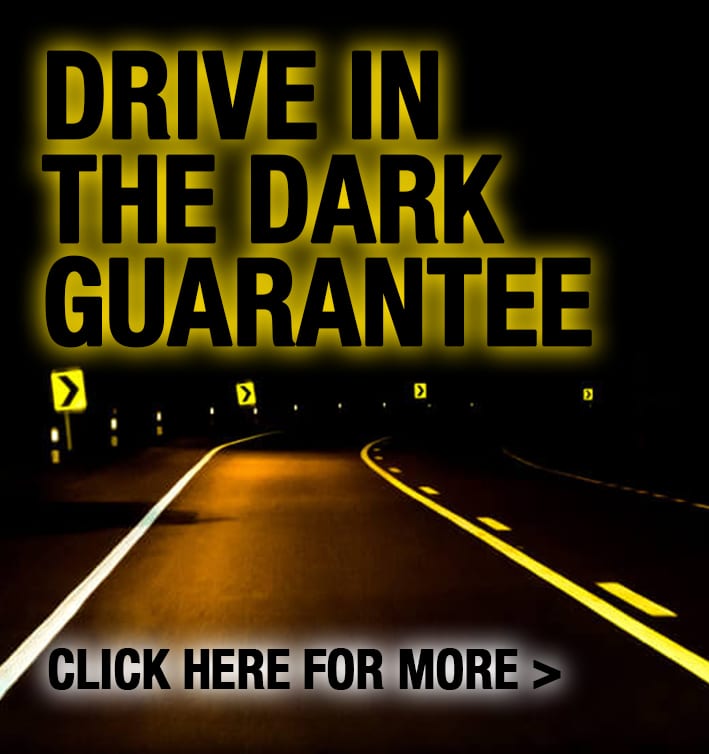On the eve of the twice yearly changing of the clocks, Tom Ingram from BIG TOM Driving School discusses how external factors affect road safety.
With the clocks about to go back 1 hour this weekend it is a reminder of how external events affect road safety. Why should that be the case? Adapting to differing driving conditions is something that drivers do with varying levels of success. Changing light levels is one such example, another is differing weather. I mention in one of my current monthly magazine articles that road safety statistics should ideally be viewed with long-term trends in mind, so as to avoid these external factors from skewing our perceptions. I recently heard that the rainfall this October was at that time, only 20% of the expected norms for the UK – but sunshine, rainfall, fog, ice, leaves falling off trees, mud falling on the road from agricultural vehicles, the presence of roadworks, the duration of daylight hours….. these are all factors that can affect our ability to drive safely.
As you travel around, do you notice when drivers are not adapting to the conditions? It may not necessarily be obvious. Low winter sun can make it difficult to see signals when turning, or brake lights; let’s face it, low winter sun can make it difficult to see out the front windscreen at times. Darkness can affect the mood of drivers, it can affect alertness levels as well as the ability of the eyes to judge the speed or distance of other vehicles/cyclists/pedestrians. A fairly easy one to spot is drivers driving too closely to the vehicle in front – it seems for some drivers not to matter what the driving conditions are like; heavy rain, mist, beautiful sunshine, some drivers will stick to the vehicle in front like glue.
But my point really is that it is not necessarily obvious to all drivers that these external factors do come with increased risk. If you find yourself driving on undulating country roads on a beautiful sunny morning, would you necessarily be thinking of the increased likelihood of coming across motorbikes? On a crisp wintery morning with beautiful sunshine streaming down on you, would you be thinking of the potential for ice patches within the areas of road that are cast in the shadows of large trees? You see for some, these thoughts might not come into their minds, for some, the thought would be there but not necessarily the consequence i.e. how the factor potentially affects road safety, and for others, they will be aware of the risk and the consequence and will adapt their driving to suit.
Contrast this with an Autumnal routine drive home shortly after the clocks have gone back one hour. Almost certainly a driver will have noticed the lack of light compared to the previous days; I doubt that fact would have escaped their notice. But what they may not necessarily be thinking is how this darkness might now create additional hazards to them. Will schoolchildren who have finished their ‘after school club’ have improved their clothing visibility so that they can be seen crossing roads in the dark for example? Will cyclists have remembered their lights? Will you need more time to make better observations at the junction that you know very well, just because the darkness will affect your ability to see?
The ‘known’ of driving around on very familiar roads can be very reassuring, but it is the external factors that can change and affect safety. As drivers on the road, it is in all of our interests to identify these changing conditions and adapt our driving behaviour accordingly so as to mitigate the increased risk. Typical alterations to driving behaviour can include: increased separation gaps to the vehicle in front, more observations at junctions, slower speeds to improve observation and enable effective changing of position, slowing speed and changing gear to increase traction and stability, wearing shades to improve vision, cleaning windscreens and windows to improve vision, putting external car lights on sooner, braking or signalling sooner, taking extra observations on the approach to pedestrian crossings.
BIG TOM Driving School provides 5 Day Intensive Driving Courses in Peterborough, Grantham, Lincoln, Boston, Stamford, Spalding and Bourne – we will help you discover how you get your driving licence faster 0800 689 4174 or Email HERE





